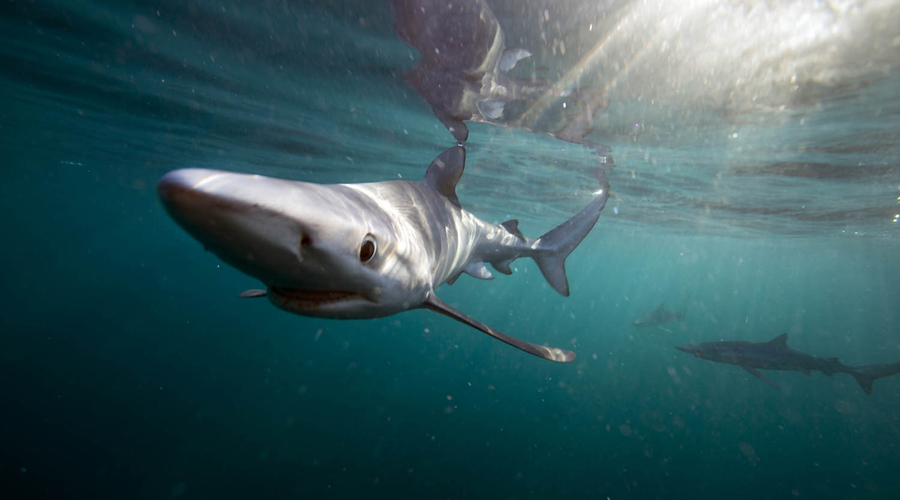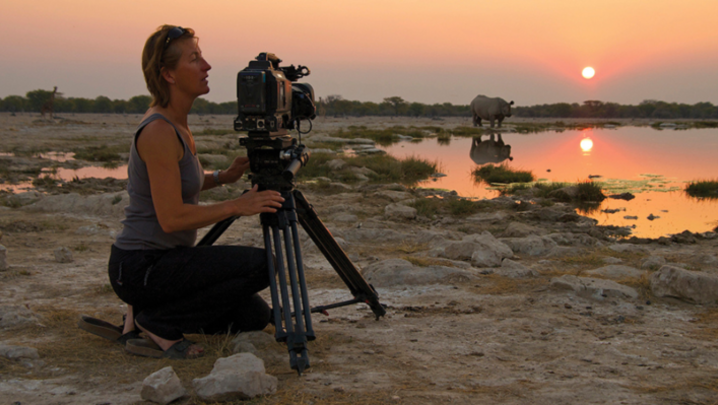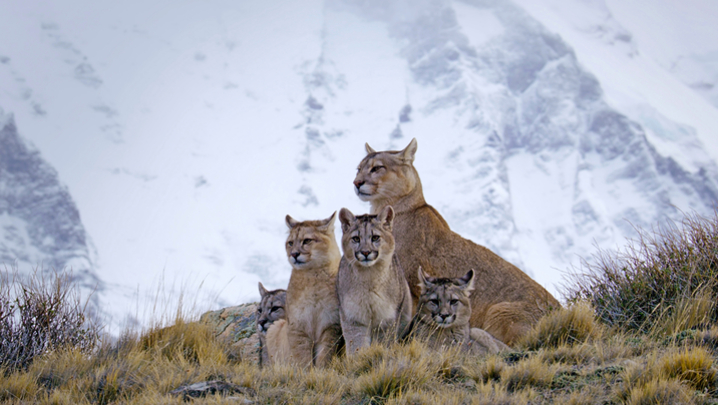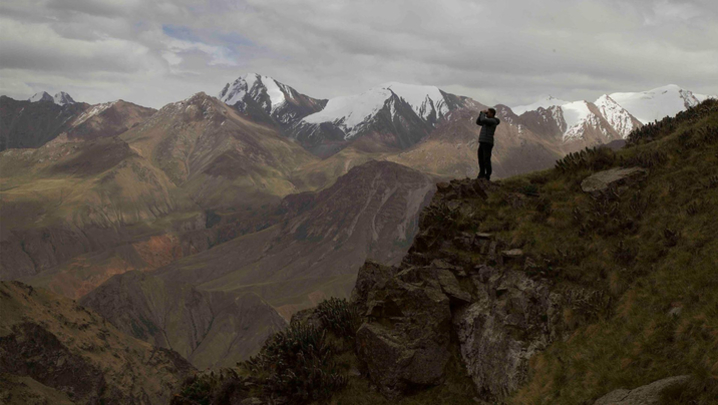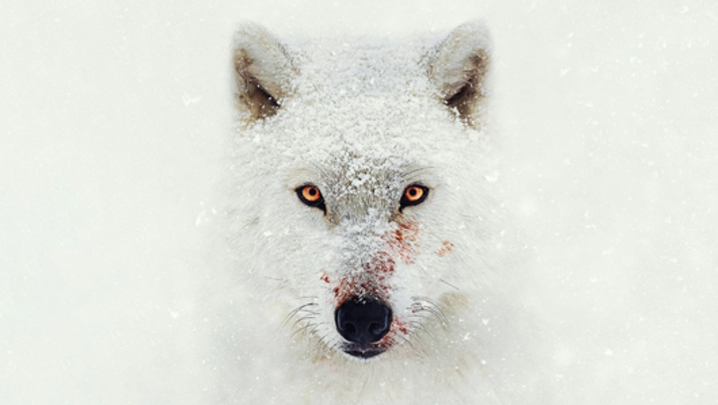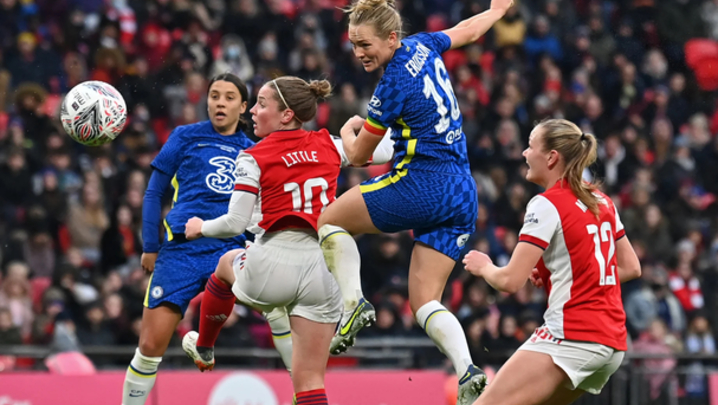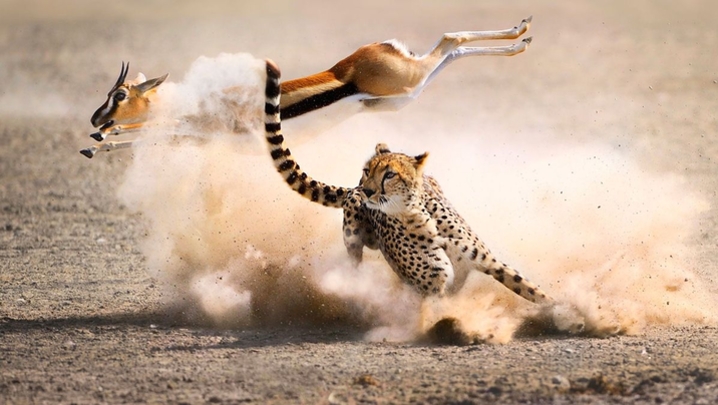Emma Ross is in charge of Big Wave’s expanding natural history slate, working with her team to originate, shape and deliver the Brighton-based production company’s award-winning programmes. She has worked for the marine specialist, on and off, for 20-odd years and is currently director of natural history.
What does the job involve?
It runs all the way from the first spark of an idea, through to developing that idea, bringing in funding, to shooting the programme. I spend more time overseeing projects now, but I still get out of the office – I spent six weeks in Africa filming two shark shows for Discovery and National Geographic at the end of last year, which was a lot of fun.
What was your route into natural history filming?
I left university with a biology degree, did some work experience at Icon Films, worked on a Desmond Morris series as a junior researcher and then was fortunate to get a staff job as a researcher at Anglia Television in Norwich on ITV’s natural history series Survival.
What was your big breakthrough?
Secrets of the Crocodile Caves in Madagascar for Survival.
What qualities does a natural history film-maker need?
A passion for the natural world, a talent for visual story-making and the ability to translate complicated ideas into something that is exciting and entertaining.
People come to these shows because, above all else, they are entertaining – if they’re entertaining, you can draw in a larger audience beyond those only interested in the natural world. Optimism, determination and doggedness help, too, because it usually takes time to get the shots you need.
Do you need specialist scientific knowledge?
A background in biology is useful but not essential. At Big Wave, we’ve been making wildlife and a lot of marine films for many years, so we have well-established relationships with scientists around the world. These days, they come to us with story ideas as well.
As a film-maker, are you allowed to interfere with the animal world?
We don’t interfere, although our films often feature the work of scientists and that can involve deploying onboard cameras to the backs of animals that release after a set time, and tagging them with satellite trackers to find out new things about their world.
What do you take on location when filming?
A mosquito net, teabags and, when I’m on the water, a buff, hat, factor 50 and sea-sickness tablets.
What are the best and worst parts of the job?
The best are those magical moments when you film something that’s never been seen before or you make a film that brings about real change; the worst, is the battle to secure the finance for a beloved project.
What show are you most proud of?
A moment I’m very proud of came from a programme for the BBC’s flagship series Natural World, Invasion of the Crocodiles, which I produced and directed for Big Wave about saltwater crocs in Australia.
When shooting this film, we stumbled across a brand new piece of behaviour. We were shooting up a tidal river in the pitch dark, when our torches picked up the eye-shine of 40-plus crocodiles lined up at a dam with their mouths wide open.
As the river rose, we discovered why. Fish were jumping over the dam and straight into the crocodiles’ snapping mouths. Nobody had reported it before. It was such luck but absolutely amazing.
What’s the most amazing place you’ve been to?
Our team went to Venezuela to film the giant bird-eating spider, one of the largest arachnids in the world, for a series called Bug Attack. We took a small boat deep into the rainforest, where we stayed with an indigenous tribe called the Piaroa, who rely on the spiders for food.
Before we could film, we had to join the elders in a spider-hunting ceremony – the sun was rising over the tepui [mesa], it was breathtakingly beautiful – it’s moments like that when you feel so privileged. We filmed the spiders and brought a couple home for dinner that night.
What did it taste like?
Lobster. You crack the legs open, which contain sweet white meat.
How has natural history documentary changed since you started?
Technology has had the biggest impact on what’s possible with wildlife film-making – every decade it’s reinventing itself. Now, we have extraordinary picture quality, tiny cameras, super-high speed, remote and night filming.
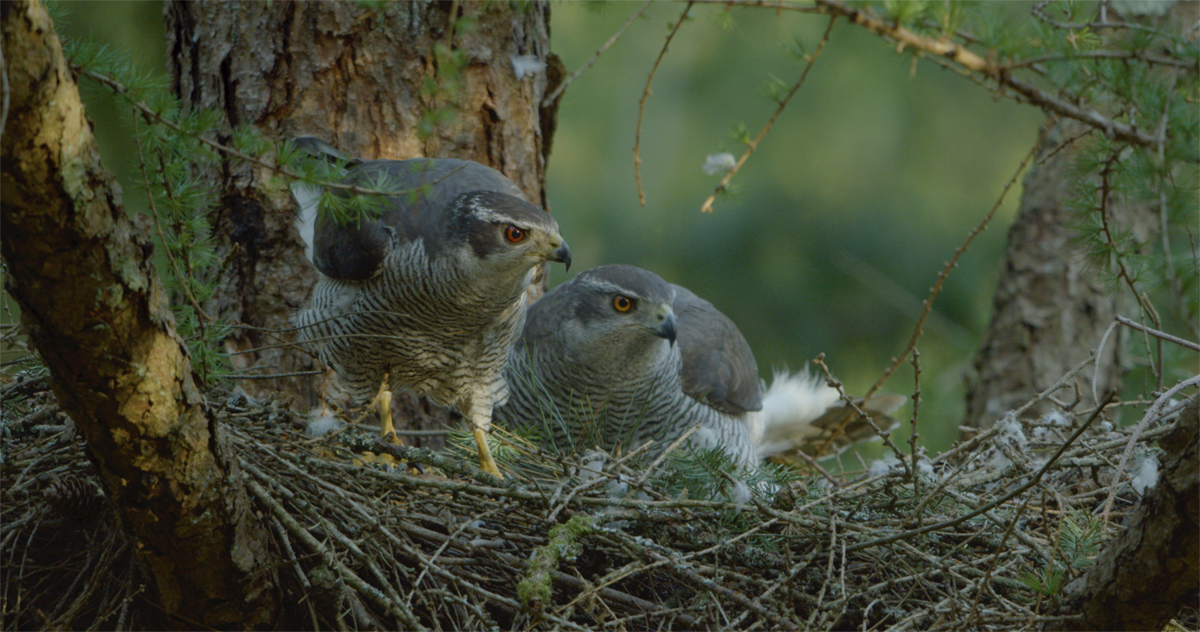
Has the type of programme changed, as well?
Yes, 25 years ago, we didn’t talk about conservation in films, despite trying hard! Now, not only do we tell important conservation stories but the market demands it.
It should have come much sooner, but there was always a huge fear from the broadcasters that we would lose our audience. Wildlife has been going through a golden age, which I’m sure is a reaction to the state of our planet.
How can natural history film-making become “greener”?
We were filming whale sharks on Christmas Island and trying to find accommodation was really hard because it was full of people making films about the annual land crab migration, when millions of red crabs march to the sea and spawn. The whale sharks had come to feed on this slick of red eggs.
You go to these locations and they are full of other crews, all filming the same thing. The biggest thing we could do as film-makers would be to release and share archive – we don’t need to film the same thing again and again. If we made more archive shows and fewer originated shows, it wouldn’t affect the content or storytelling.
Do you fly crews out from the UK less now?
Since Covid, working with local crews has increased hugely. We do it a lot now and we weren’t doing it before. It works really well, as do remote interviews.
What advice would you give to someone wanting to work in natural history?
Demonstrating in any way your passion and commitment will make you stand out. There are some brilliant MA courses in wildlife film-making; I have a National Film and Television School intern at the moment. If you want to be a camera operator, then you should be filming as much as you can. Volunteer at the natural history festivals and be brave – talk to people.
Are there any places or animals you’d love to film?
Opportunities to film British wildlife are quite limited – it’s hard to find an international audience. During lockdown, we made a beautiful film in southern England, New Forest: The Crown’s Hunting Ground. We enjoyed it so much that I’d love to return and tell the story of the day-to-day dramas of the forest in a wildlife docu-soap.
Are you optimistic about the future of the planet?
I think you have to be optimistic, otherwise you couldn’t carry on as a film-maker. You have to find ways, however small, to make a difference.
Emma Ross was interviewed by Matthew Bell.

